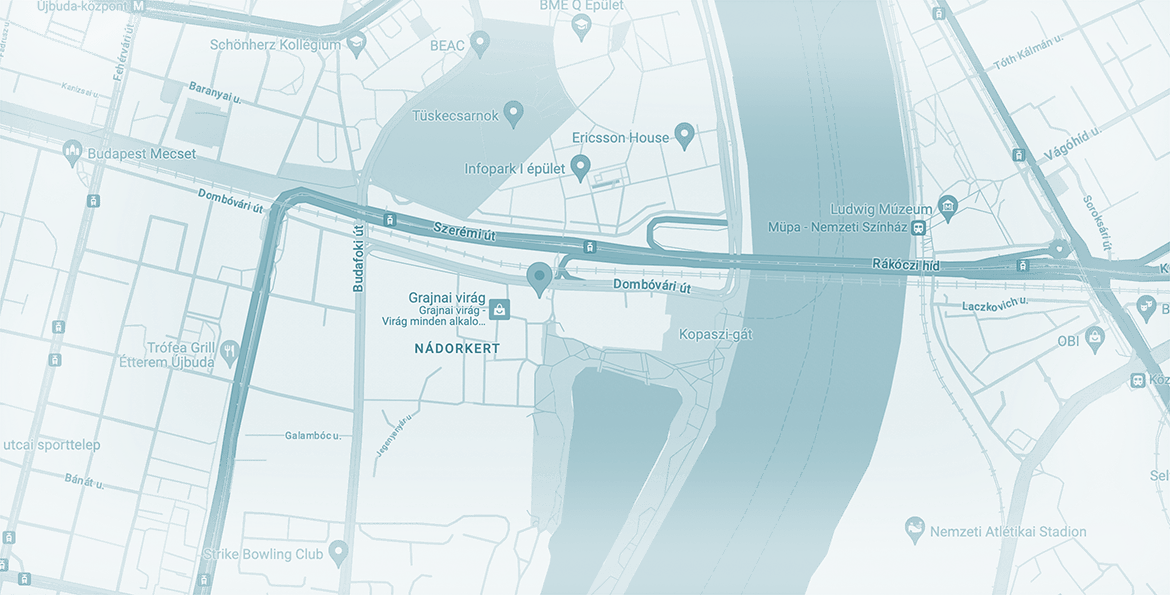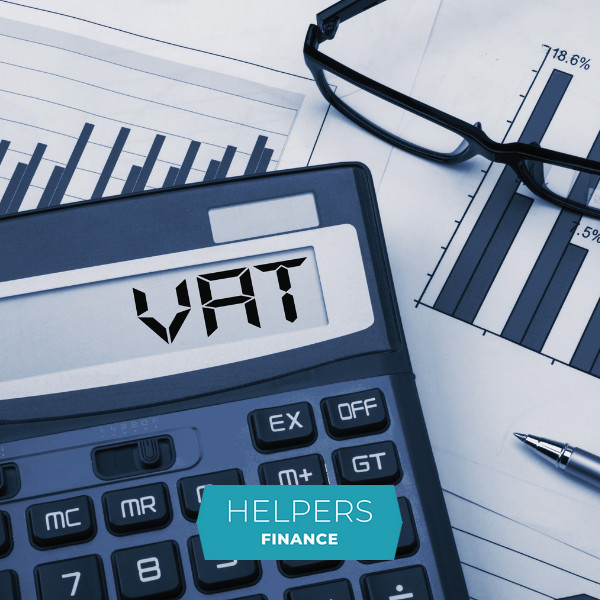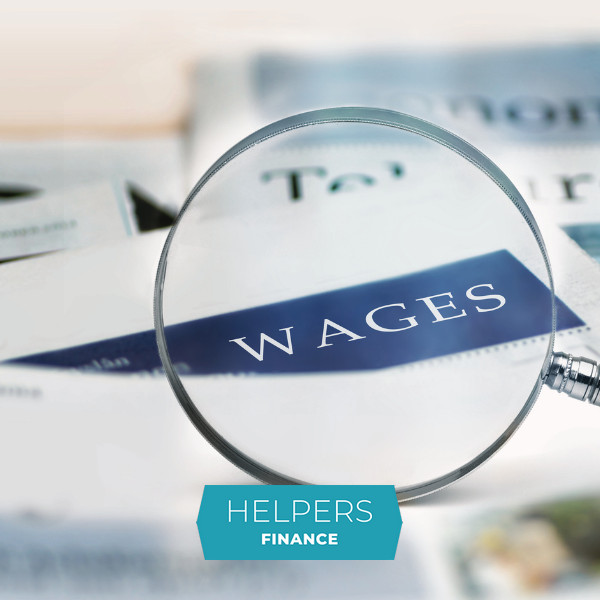
KATA alternative no. 1 for the self-employed: flat-rate taxation
Starting from September, many current KATA subjects are losing eligibility for this tax regime. If “KATA orphans” want to continue doing business as self-employed in Hungary, they must choose another form of taxation. Flat-rate taxation is among the most cost-effective options for freelancers.
Starting from September, many current KATA subjects are losing eligibility for this tax regime. If “KATA orphans” want to continue doing business as self-employed in Hungary, they must choose another form of taxation. Flat-rate taxation is among the most cost-effective options for freelancers.
Last updated on January 27, 2025.
Flat-rate taxation in a nutshell
Similarly to KATA, flat-rate taxation (“átalányadózás” in Hungarian) is also a simplified form of taxation in Hungary.
In KATA you just pay your monthly contribution in bulk every month; from September, the sum is fixed at HUF 50,000 / month, and you cannot choose to pay HUF 25,000 if you are self-employed as a side-job, nor HUF 75,000 if you want to get better coverage for pension. The fixed sum covers personal income tax, social security contribution, and social contribution tax. However, whatever revenue made above that is yours to keep.
In flat-rate taxation, you pay taxes after your profit. To calculate your profit from your revenue, a flat rate of expenses is used. For most freelancers, it is 40%; it can be higher only if you are active in retail activities or agriculture. This means that 40% of your revenue is considered expenses, so 60% of your revenue is your profit, and you pay taxes after this. These taxes will be personal income tax (15%), social security contribution (18.5%), and social contribution tax (13%), in total 46.5% on your profit.
Minimum contribution in flat-rate taxation
Just like under KATA, you must pay taxes and contributions each month. While the amount normally depends on your profit, a minimum contribution is defined to ensure you remain eligible for healthcare and pension. The amount to be paid is tied to the minimum wage and the guaranteed minimum salary.* If your activities require at least a high-school diploma, then you must pay a monthly minimum contribution based on the guaranteed minimum salary. Accordingly, the minimum contribution as a full-time self-employed flat-rate taxpayer in 2025 is is:
| Monthly minimum contribution 2025 | Minimum wage | Guaranteed minimum salary |
| gross | HUF 290,800 | HUF 348,800 |
| Social security contribution (18.5%) | HUF 53,798 | HUF 64,528 |
| Social contribution tax (13%)* | HUF 42,529.5 | HUF 51,012 |
| Total | HUF 96,327.5 | HUF 115,540 |
* For the social contribution tax, the calculation base is at least the 112,5% of the minimum wage or the guaranteed minimum salary for the minimum contribution. If the tax base is higher than that, the simple 13% calculation applies.
Please note: Since the social security contribution and the social contribution tax must be paid each month, you must pay them even for months without a revenue, and you cannot delay doing payroll and making payments until more revenues accumulate. This is a serious disadvantage for those who issue invoices unevenly throughout the year. You can learn more about monthly reporting here.
UPDATE 2023: Social security contribution and social contribution tax must be reported and paid only quarterly, by 12 April, July, October, and January.
Personal income tax must be reported only at the end of the fiscal year. It does not have to be reported each month like the other two relevant taxes, but quarterly advance payments must be made if you have taxable income.
Tax exemption for the first HUF 1.2 million
For flat-rate taxpayers, every year the first HUF 1.2 million (which is defined as half the yearly minimum wage) of profit is free of personal income tax. (For freelancers using the 40% expense rate this equals the first HUF 2 million revenue.) When your income goes beyond this threshold, taxes are to be paid only for the part above the threshold. This tax exemption applies to both those self-employed in full-time or as a side job.
Mind you: when choosing flat-rate taxation in the middle of the year, the income threshold is NOT applied proportionately. This means that if you switch to flat-rate taxation in September 2022, your can still take advantage of the HUF 1.2 million tax-free profit in 2022.
UPDATE 2025: With the new minimum wage, the new threshold is HUF 1,744,800 as income, meaning HUF 2.908 million as revenue for freelancers using the 40% expense rate.
Self-employment as a side-job
Currently, both KATA and flat-rate taxation are most favorable if you already have a full-time job. However, the HUF 25,000 / month plan will no longer be available from September, when the KATA contribution will be fixed at HUF 50,000 / month for everyone. At the same time, flat-rate taxpayers who have a full-time job get extra benefits on their taxes.
- While they remain under the yearly HUF 1,744,800 income threshold, they pay neither personal income tax, nor social security contribution, nor social contribution tax (since the amount is exempt from personal income tax, while the minimum contribution is covered by their full-time job).
- Once they pass the threshold, they pay taxes only after their actual profits (in contrast to full-time entrepreneurs, who must pay a minimum contribution each month).
- UPDATE 2023: If there is a
monthquarter when they do not have any revenues, they do not pay taxes at all (while they still have to declare that to the authorities).
Local business tax
Just like KATA subjects, flat-rate taxpayers must pay the local business tax to the local municipality. The tax base is 120% of their profit, but at most 80% of their revenue.
VAT exemption for the first HUF 18 million
(The yearly VAT free revenue cap was raised from HUF 12 to 18 million starting from 2025. Read more here.)
While flat-rate taxation can be applied under a yearly revenue ten times the yearly minimum wage (in 2025 under HUF 34,896,000), VAT exemption is available up till HUF 18 million / year (although you may choose to become a VAT subject anyway) – same as under KATA. While you are not a VAT subject, you cannot issue invoices containing VAT, and you cannot reclaim VAT. At the same time, you do not have to make regular VAT declarations and you do not need a separate bank account for your enterprise.
Once you pass the yearly limit of HUF 18 million, however, you become a VAT subject. From then on, you will need to
- issue invoices containing VAT,
- make regular VAT declarations,
- open a separate bank account for your enterprise.
Moreover, once you become a VAT subject for the year, you must keep that up for the next year too, and can revert to VAT exemption only in the year after, assuming your yearly revenue has gone back under the threshold.
Who can make the most of flat-rate taxation?
For the following summary, we will use numbers relevant to most freelancers, meaning the 40% expense rate and the guaranteed minimum salary.
Flat-rate taxation is obviously best for those who are self-employed as a side job.
- If their yearly revenue is less than HUF 2.908 million, they do not have to pay taxes on it at all.
- If their yearly revenue is above HUF 2.908 million, they have to pay taxes (personal income tax, social security contribution, and social contribution tax) only on 60% of their revenue above the limit.
If the flat-rate taxpayer is self-employed in full time, however, paying the minimum contribution might be a serious burden with a low revenue.
- While they do not have to pay the personal income tax until their yearly revenue remains under HUF 2.908 million, they still must pay at least the HUF 96,328 (or HUF 115,540) minimum contribution each month. This way the yearly minimum contribution is almost the double of KATA, and flat-rate taxation is rather costly for those who have a low revenue from their enterprise.
UPDATE 2023: Quarterly reporting and tax payment somewhat remedies the situation for those who do not have income each month. - The more you make, the more cost-effective flat-rate taxation becomes once you start earning well above the monthly minimum contribution.
Do you need an accountant?
While KATA required very little reporting, flat-rate taxation for the self-employed is obviously more complex. Even though flat-rate taxpayers are still not obligated to hire an accountant, you might need one to help you navigate the new structure. However, as time passes, more and more tools and descriptions become available to assist “KATA orphans”, such as this present summary or the “flat-rate taxation assistant” being developed at the online invoicing platform of Bilingo, or this calculator also available in English. Even if you contact an accountant, be patient: there might be over 400,000 people looking for assistance, while the number of accountants has not increased.
Did you like this article? Follow us on Facebook to never miss an update, or contact us now to ask about our accounting and advisory services.
Contact
Get in touch today
Monday - Friday
9am - 5pm CET
Helpers Finance Kft.
Budapart Gate
Dombóvári út 27
Budapest 1117, Hungary
If you’re visiting us, please use entrance A and come to the 2nd floor.



